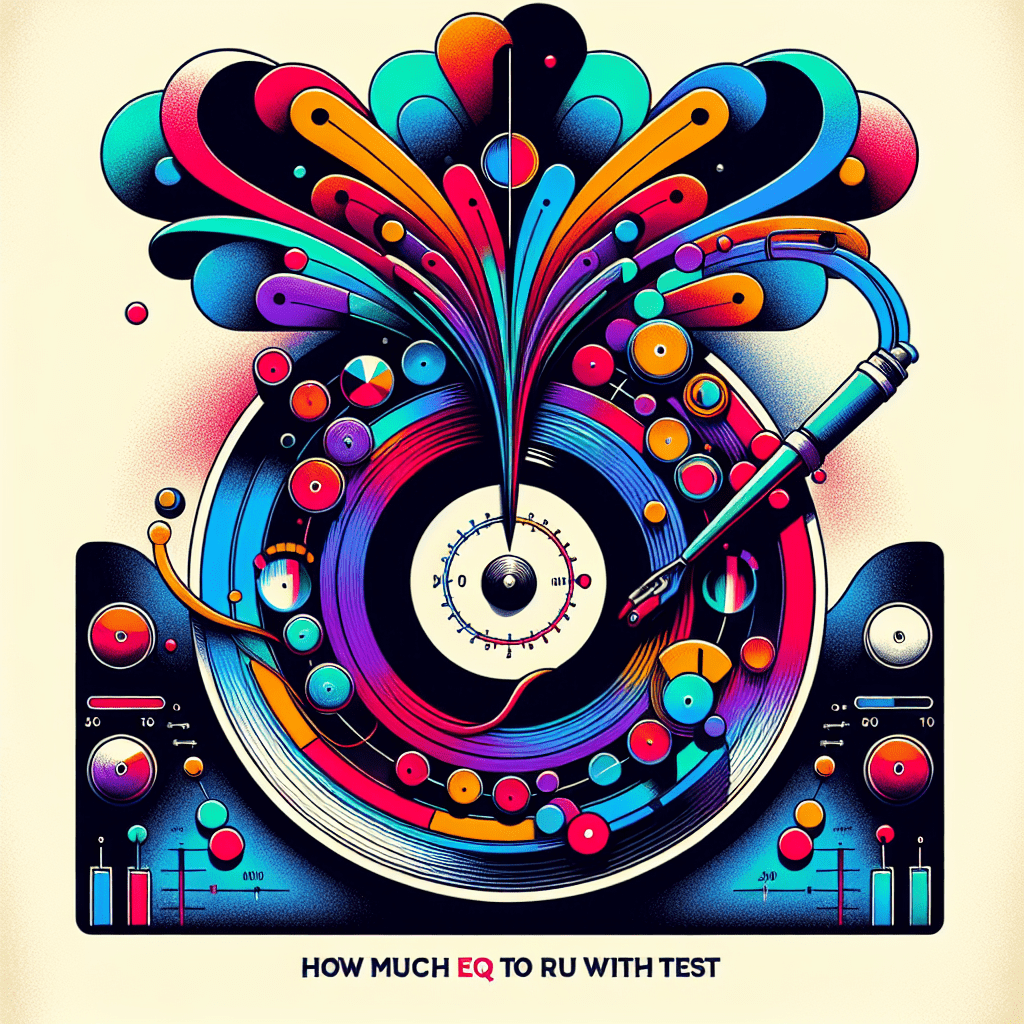
EQ vs. Test: Which Hormone Ratio Maximizes Muscle Growth?

When it comes to enhancing one’s physique and performance through anabolic steroids, understanding the appropriate dosing is crucial. Among the various steroid stacks, combining Equipoise (EQ) with Testosterone (Test) is a popular choice among athletes and bodybuilders looking to increase muscle mass and strength. This article delves into how much EQ to run with Test, taking into account different goals and experience levels, while also considering safety protocols.
Understanding Equipoise (Boldenone Undecylenate)
Equipoise, also known as Boldenone Undecylenate, is a veterinary steroid that’s been successfully repurposed for human use. It is often utilized for its appetite-boosting properties, and its ability to increase red blood cell production which enhances blood oxygenation and endurance. Equipoise is known for its relatively mild anabolic properties paired with minimal androgenic effects.
Understanding Testosterone
Testosterone is the foundational steroid in most cycles due to its comprehensive anabolic and androgenic effects. As the primary male hormone, it plays a crucial role in the development of muscle mass, strength, and overall vitality. Testosterone replacement is essential when using anabolic steroids to prevent the suppression of natural hormone production.
Recommended Dosage for EQ and Test
The ideal dosage of EQ when run alongside Test varies based on factors such as cycle goals, level of experience, and individual tolerance. Below we outline general guidelines for beginner, intermediate, and advanced users.
For Beginners
Beginners are typically advised to start with a lower dose to assess tolerance and minimize potential side effects. A standard beginner cycle might include:
- Equipoise: 300-400 mg per week
- Testosterone Enanthate or Cypionate: 300-500 mg per week
This dosage can help beginners achieve a balance between gaining muscle mass and reducing the risk of side effects.
For Intermediate Users
Users with previous steroid experience often look to increase the dose for more substantial results:
- Equipoise: 400-600 mg per week
- Testosterone Enanthate or Cypionate: 500-750 mg per week
This middle-ground approach provides a greater anabolic effect while keeping potential side effects manageable.
For Advanced Users
Advanced users with a good understanding of their body’s response to steroids may push the envelope further:
- Equipoise: 600-800 mg per week
- Testosterone Enanthate or Cypionate: 750-1000 mg per week
Advanced dosages bring about significant gains but require keen monitoring for side effects and adherence to safety protocols.
Potential Side Effects and Safety Measures
Despite their benefits, both EQ and Test can lead to side effects which include, but are not limited to, testosterone suppression, elevated estrogen levels, increased blood pressure, acne, and hair loss. To mitigate these risks:
- Regularly monitor blood pressure and cholesterol levels.
- Implement post-cycle therapy (PCT) to restore natural hormone levels.
- Consider supplements to manage estrogen levels such as aromatase inhibitors.
- Maintain a healthy lifestyle, focusing on a balanced diet and regular exercise.
Visit steroid.com for detailed information on steroid use and safety.
Conclusion
Choosing the right EQ and Test stack depends heavily on one’s goals and experience with anabolic steroids. Newcomers should approach this stack with caution, starting at lower doses to gauge personal tolerance. Intermediates and advanced users can explore increased dosages for enhanced results but must prioritize health and safety protocols at every stage.
When considering their use, it’s invaluable to research extensively and consult with healthcare professionals. For more comprehensive insights, explore these additional resources on business services related to steroids:
Frequently Asked Questions
What is the best ratio of EQ to Test?
The best ratio varies depending on individual goals and experience. Generally, maintaining a similar or slightly higher Test to EQ ratio is advisable for balance.
Can women use an EQ and Test stack?
Women are generally advised to avoid these stacking due to the risk of virilization effects associated with anabolic steroids. If considered, medical supervision is crucial.
How long should an EQ and Test cycle last?
Cycles typically last between 12-16 weeks depending on the user’s goals and experience level. Shorter cycles may result in diminished gains, while prolonged cycles increase the risk of side effects.
For more discussions on anabolic steroids, you can listen to relevant podcasts at Podcasters Spotify – Hanna Houston or check fitness insights on Brenda Catalan’s YouTube Channel.
Disclaimer: This article is for informational purposes only and is not intended as medical advice. Anabolic steroids should only be used under the guidance of a qualified healthcare professional.
When determining the appropriate amount of equalization (EQ) to apply during sound testing, it is essential to balance technical requirements with artistic intentions. The level of EQ will largely depend on the specific environment in which you are running the test, the type of audio system being used, and the genre or style of the audio content. For example, in a controlled studio setting, minimal EQ adjustments might be necessary to maintain the natural integrity of the sound. In contrast, live sound environments, ridden with acoustical challenges, might require more aggressive EQ tweaks to address issues like feedback, resonance, and clarity. Key considerations should include ensuring that the sound maintains a flat frequency response where possible, enhancing the listening experience without introducing unnatural tonal coloration.
Moreover, the amount of EQ to implement should also take into consideration the end goal of the test—whether it’s for optimal playback on various devices, a preliminary mix, or a final mastering session. During testing, automate iterative listening tests where you apply incremental levels of EQ to different frequency bands and gauge the impact on the overall sound quality. Remember that excessive EQ can lead to phase issues, distortion, or an unnatural audio experience, so it’s crucial to employ EQ judiciously. Use spectrum analyzers and reference recordings as tools to calibrate your adjustments, ensuring the EQ decisions contribute positively to the clarity, balance, and richness of the sound. Ultimately, EQ is a powerful tool for shaping audio, but it should be used with precision and purpose to achieve the desired audio quality.






















